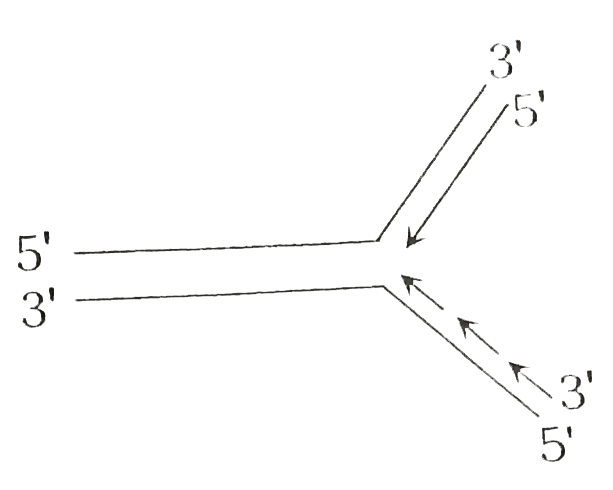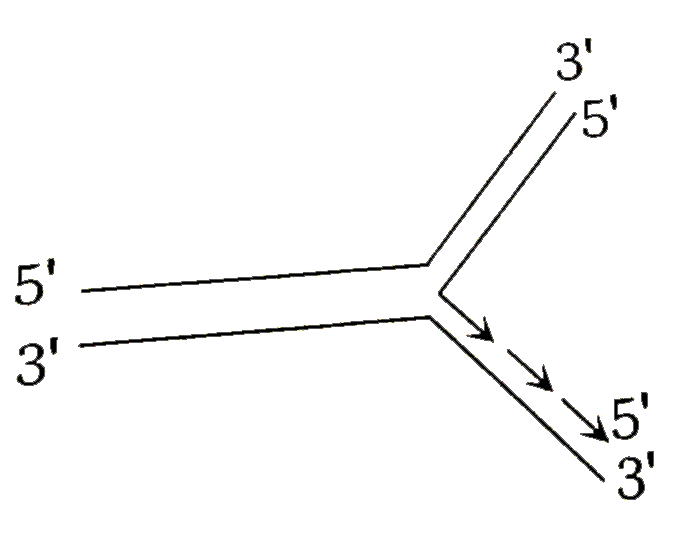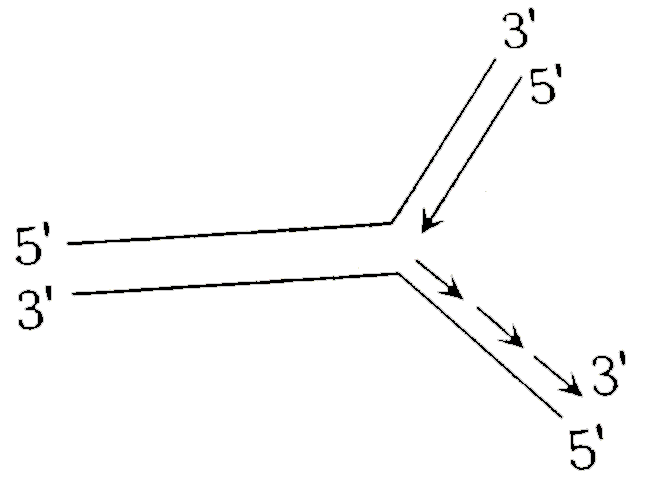Which one of the following correctly represents the order of stability of oxides , , (X=halogen)?
To determine the order of stability of the oxides X2O where X is a halogen (specifically bromine, chlorine, and iodine), we can follow these steps:
Step 1: Identify the Halogens
The halogens in question are bromine (Br), chlorine (Cl), and iodine (I). These elements belong to Group 17 of the periodic table.
Step 2: Understand Oxide Formation
Each halogen can form oxides in various oxidation states. For example:
- Iodine can form I2O with oxidation states ranging from +1 to +7.
- Chlorine can form Cl2O with similar oxidation states.
- Bromine can form Br2O as well.
Step 3: Analyze Stability Trends
The stability of the oxides generally decreases as we move down the group in the periodic table. This is because:
- The higher the oxidation state, the more stable the oxide tends to be for the lighter halogens.
- Iodine, being the heaviest halogen, has oxides that are more stable compared to those of chlorine and bromine.
Step 4: Order the Stability
Based on the analysis:
- Iodine oxides (I2O) are the most stable.
- Chlorine oxides (Cl2O) are less stable than iodine but more stable than bromine.
- Bromine oxides (Br2O) are the least stable among the three.
Thus, the order of stability of the oxides is:
I2O>Cl2O>Br2O
Step 5: Final Conclusion
The correct representation of the order of stability of oxides X2O is:
- I2O > Cl2O > Br2O
Answer
The correct answer is option D: I2O>Cl2O>Br2O.
---
The halogens in question are bromine (Br), chlorine (Cl), and iodine (I). These elements belong to Group 17 of the periodic table.
Each halogen can form oxides in various oxidation states. For example:
- Iodine can form I2O with oxidation states ranging from +1 to +7.
- Chlorine can form Cl2O with similar oxidation states.
- Bromine can form Br2O as well.
The stability of the oxides generally decreases as we move down the group in the periodic table. This is because:
- The higher the oxidation state, the more stable the oxide tends to be for the lighter halogens.
- Iodine, being the heaviest halogen, has oxides that are more stable compared to those of chlorine and bromine.
Based on the analysis:
- Iodine oxides (I2O) are the most stable.
- Chlorine oxides (Cl2O) are less stable than iodine but more stable than bromine.
- Bromine oxides (Br2O) are the least stable among the three.
I2O>Cl2O>Br2O
The correct representation of the order of stability of oxides X2O is:
- I2O > Cl2O > Br2O
The correct answer is option D: I2O>Cl2O>Br2O.
Topper's Solved these Questions
- BOOK - JEE MAINS PREVIOUS YEARCHAPTER - JEE MAINS 2021EXERCISE - Chemistry Section B20videos
JEE MAINS 2021
- BOOK - JEE MAINS PREVIOUS YEARCHAPTER - JEE MAINS 2021EXERCISE - Chemistry (Section A)80videos
JEE MAINS 2021
- BOOK - JEE MAINS PREVIOUS YEARCHAPTER - JEE MAINS 2021EXERCISE - CHEMISTRY (SECTION-B)40videos
JEE MAINS 2021
- BOOK - JEE MAINS PREVIOUS YEARCHAPTER - JEE MAINS 2020EXERCISE - CHEMSITRY25videos
JEE MAINS 2020
- BOOK - JEE MAINS PREVIOUS YEARCHAPTER - JEE MAINS 2022EXERCISE - CHEMISTRY (SECTION-B)10videos
JEE MAINS 2022
Similar Questions
Knowledge Check
- Question 1 - Select One
Which of the following correctly represents the order of atomic radii
AMg2+<Na+<F≺O2−BNa+<F≺Mg2+<O2−CNa+<Mg2+<O2−<F−DO2−<F≺Na+<Mg2+ - Question 2 - Select One
Which of the following is correctly ordered :
A−Oh>−NH2 (+M effect)B−SO3H>−NO2 (-M effect)C−F>−CN (-l effect)D−CN>−F (-l effect) - Question 3 - Select One
Which one of the following correctly represents the manner of replication of DNA
A B
B C
C D
D
Which of the following graph is correctly represented?
View SolutionWhich of the following represents the correct order of stability of carbocations ?
View SolutionWhich among the following options represents the correct order of stability:
View SolutionThe order of stability of metal oxides is
View SolutionWhich of the following correctly represents the stability of reactive intermediate?
View Solution

